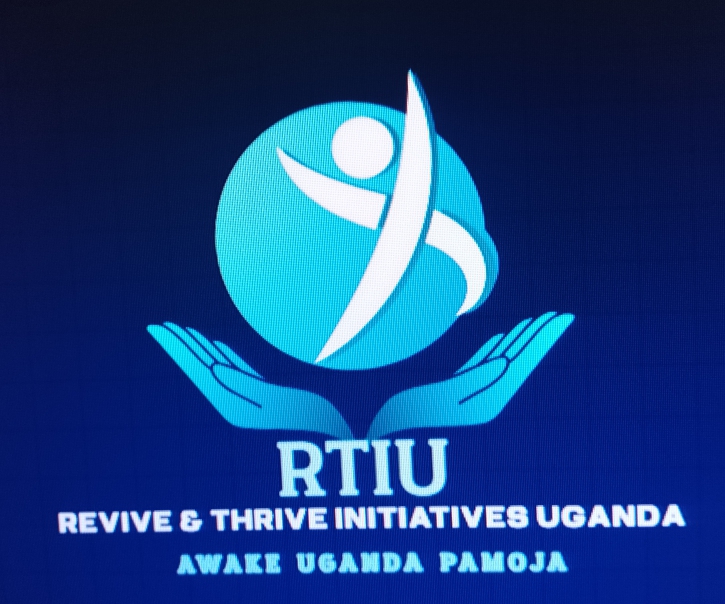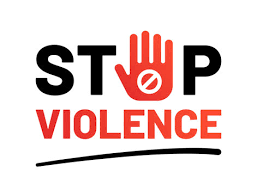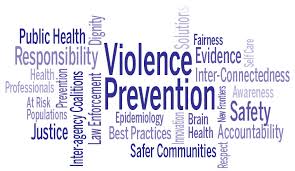Violence prevention
is the act of taking action to stop or reduce violence. This can
include policies, programs, and practices that target the root causes of
violence.
1 STRENGTHEN ECONOMIC
SECURITY
Policies that strengthen individual and household financial
security can increase neighbourhood safety and stability. These policies can
also support the social and economic conditions of neighbourhoods. This can
reduce the risks of experiencing community violence for youth and young adults.
Example approaches include:
- Tax
credits that help individuals and families to increase their income or
incentivize communities to provide affordable housing.
- Income
support policies, such as Temporary Assistance for Needy Families, provide
temporary cash assistance to families with children who are living with
low incomes.
- Social
insurance programs provide economic supports to individuals who face
unexpected, involuntary disruptions to employment.
- Investment accounts are savings account programs designed to build wealth and future life opportunities for children.
2 PROVIDE QUALITY
EDUCATION
Quality education can promote social and emotional development,
facilitate opportunities to learn skills, improve job readiness, and help
provide a foundation for sustaining healthy relationships and participating
actively in society. Example approaches include:
- Preschool
enrichment with family engagement programs provides high-quality early
education and care, which helps with learning and development.
- Increasing educational attainment for youth and young adults can be accomplished through increases in school resources, educational or vocational programs for incarcerated individuals to assist with transitioning back to the community, and more.
3 CREATE PROTECTIVE
ENVIRONMENTS
Creating protective environments reduces conditions that
contribute to risk for violence. This strategy also supports healthy development
and increases community safety, inclusion, and belonging among youth and young
adults. Example approaches include:
- Modifying
the physical home environment can promote healthy development and reduce
the risk for violence and injury. Examples include eliminating lead
exposure and securely storing firearms.
- Modifying
the physical and social community environment includes creating safe,
welcoming spaces that facilitate positive interactions between community
members and reduce exposure to conditions that increase risk for violence.
Examples include reclaiming and maintaining vacant lots and green spaces.
- Reducing exposure to harmful community conditions, including reducing density of alcohol outlets and improving safe routes for children to school, can lead to community-wide benefits.
4 PROMOTE HEALTHY
FAMILY RELATIONSHIPS
Family relationships play a key role in shaping youth and
young adults’ physical, emotional, social, and behavioral health. Nurturing and
supportive family environments where caregivers build warm and caring
relationships with children, monitor children’s activities and friendships, set
age-appropriate expectations and rules, and use consistent and nonviolent
discipline lower the risk for experiencing community violence. Example approaches
include:
- Early
childhood home visitation programs provide critical support to families
and share information about child health and development.
- Parenting skills and family relationship programs support caregivers and teaches communication, problem-solving, and child behavior monitoring and management skills.
5 STRENGTHEN YOUTH
AND YOUNG ADULTS' SKILLS
Youth and young adult social, emotional, and vocational
skills can help promote healthy relationships and economic stability throughout
life. Example approaches include:
- School-based
skills building programs enhance interpersonal skills, emotional
regulation, conflict management, teamwork, and work to change attitudes
toward violence through practice and reinforcement.
- Job training and employment programs connect youth and young adults with employers, providing job experience, leadership development, and social skill enhancement.
6 CONNECT YOUNG
PEOPLE TO CARING ADULTS AND ACTIVITIES
Connecting young people to caring adults can promote
positive relationships, improve school engagement, improve academic
performance, and reduce risk of violence. Example approaches include:
- Mentoring
programs pair youth with community volunteers to foster relationships that
contribute to growth opportunities, skill development, and academic
success.
- After-school programs help youth strengthen social and academic skills, engage in school and community activities, and build positive experiences and relationships.
7 INTERVENE TO LESSEN
HARMS AND PREVENT FUTURE RISK
Many youth and young adults at risk for violence have
experienced multiple adverse childhood experiences and other
challenges. Supporting youth and young adults with chronic exposures to
violence is crucial for healing, healthy development, and hopefulness about
their futures. Example approaches include:
- Treatments
to lessen the harms of violence address behavioral, mental, and physical
health consequences while helping youth process trauma and develop coping
skills.
- Treatments
to prevent problem behaviors address multiple violence risks while
providing therapeutic services for behavioral and emotional issues.
- Hospital-based
violence intervention programs strengthen connections between acute
treatment of violence-related injuries and community assistance to prevent
future violence.
- Street
outreach involves trained staff, who establish relationships with young
people at risk for violence, to mediate conflicts and provide connections
to community supports.
- Community-justice partnerships provide services and supports to youth and young adults at risk for community violence by combining accountability with social services and job training.



